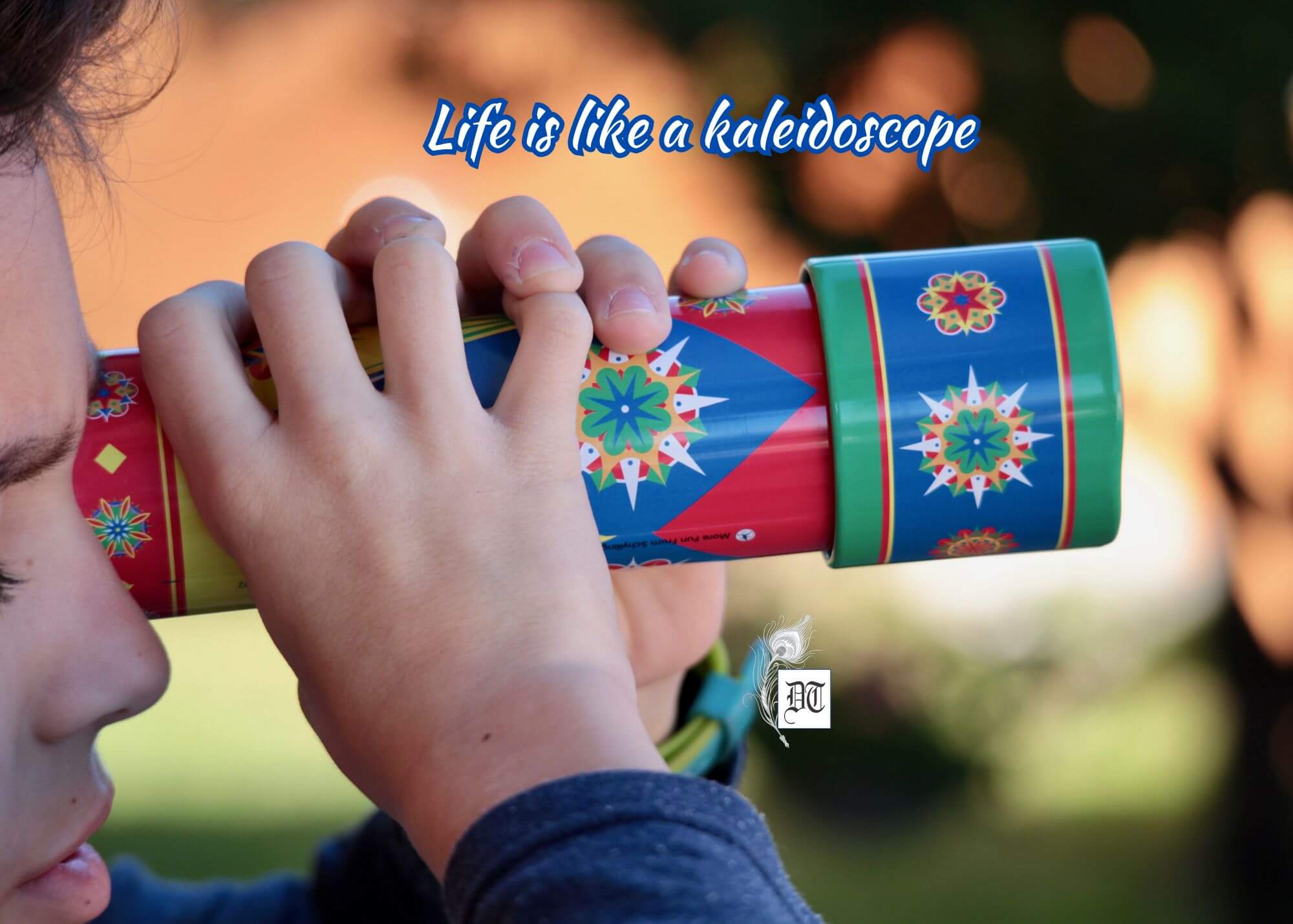The Greek philosopher Heraclitus likened time to the constant flow of river water. Time present is always in flux. It’s ephemeral. Man has grappled with time since eons. Here Anumita tells us about Daylight Saving Time (DST), when time is shifted an hour either way. It’s a practice in 70 countries worldwide.
“No man ever steps in the same river twice” ~ Heraclitus 
A reminder on my cell phone notified me to change the time of my watches and clocks at home. It’s the Daylight Saving Time (DST) reminder. It is very interesting to know that I am one of the billions of people in 70 countries around the world which follow DST. At the advent of spring the time is moved forward, hence the name Spring Forward. Visa versa during fall/autumn the clock is set back one hour, so the name Fall Back. The thought behind this whole process of moving ahead one hour and then back another was designed to save on fuel/energy and use natural light. With the less use of external energy it would help in conserving precious natural fuel and cut down on the cost of electricity. The DST is not a new concept; it has been recorded throughout history.
 Most of the states and provinces of United States and Canada moves their clock one hour ahead at 2:00 am on the second Sunday of March, and one hour back at 2:00 am on the first Sunday of November. With the exception of Arizona and Hawaii of USA and few provinces of Canada, this pattern is followed throughout these countries. US adopted the DST as it became law by the President Woodrow Wilson. It was introduced by a businessman from Pittsburgh, Robert Garland, who had seen it in UK. From the energy crisis of 1976, the dates for DST have been revised many times in the US. From 2007, the Energy Policy Act of 2005 has been used, and it extended the time period of the DST by one month. In Canada, it was used, in 1908, at Thunder Bay, Ontario. Later, with the passing of the bylaw, different provinces adopted the DST system. Mexico has its own dates of setting up day light saving.
Most of the states and provinces of United States and Canada moves their clock one hour ahead at 2:00 am on the second Sunday of March, and one hour back at 2:00 am on the first Sunday of November. With the exception of Arizona and Hawaii of USA and few provinces of Canada, this pattern is followed throughout these countries. US adopted the DST as it became law by the President Woodrow Wilson. It was introduced by a businessman from Pittsburgh, Robert Garland, who had seen it in UK. From the energy crisis of 1976, the dates for DST have been revised many times in the US. From 2007, the Energy Policy Act of 2005 has been used, and it extended the time period of the DST by one month. In Canada, it was used, in 1908, at Thunder Bay, Ontario. Later, with the passing of the bylaw, different provinces adopted the DST system. Mexico has its own dates of setting up day light saving.
During World War I, Germany started using DST. April 30, 1916, Germany moved their time an hour ahead to use more natural light. This helped them save fuel. Other European countries followed suit.
Countries like the United Kingdom and the rest of Europe have their unique days to change the time forward or backward. In the year 1908, DST was introduced as a Bill in the House of Commons. The Bill never became a law until UK started using DST in the year 1916. The European Union (EU) decided to standardise the date in 1996. It was set to move forward on the last Sunday of March and backward on the last Sunday of October.
There are evidences that ancient civilisation of Rome changed the level of their water clocks according to the month of the year. In the writings of Benjamin Franklin, in 1784, he instructed (in jest) the Parisians to wake up an hour earlier in spring to use the natural light of the day and cut down the cost of candles.
Playing with time to suit our purpose, has been a constant ploy of the human race. With this thought in mind, I make a note of all the watches and clocks that I need to reset tonight.
Pix from Net




 By
By


 By
By
i have a clock next to my bedside table. I never change its time. During fall it is always an hour ahead, and during spring it gives the correct time.
You stay ahead of time half of the year, and on time the rest. Clever move. I would be a confused woman. 🙂